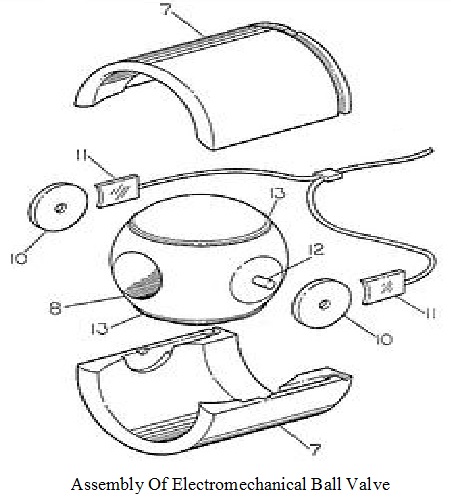Published on Jun 05, 2023
Camless Engine
To eliminate the cam, camshaft and other connected mechanisms, the Camless engine makes use of three vital components - the sensors, the electronic control unit and the actuator.
Mainly five sensors are used in connection with the valve operation. One for sensing the speed of the engine, one for sensing the load on the engine, exhaust gas sensor, valve position sensor and current sensor. The sensors will send signals to the electronic control unit. The electronic control unit consists of a microprocessor, which is provided with a software algorithm. The microprocessor issues signals to the solid-state circuitry based on this algorithm, which in turn controls the actuator, to function according to the requirements.
Camless valve train
In the past, electro hydraulic camless systems were created primarily as research tools permitting quick simulation of a wide variety of cam profiles. For example, systems with precise modulation of a hydraulic actuator position in order to obtain a desired engine valve lift versus time characteristic, thus simulating the output of different camshafts. In such systems the issue of energy consumption is often unimportant. The system described here has been conceived for use in production engines. It was, therefore, very important to minimize the hydraulic energy consumption.
Hydraulic pendulum
The Electro hydraulic Camless Valve train, (ECV) provides continuously variable control of engine valve timing, lift, and velocity. It uses neither cams nor springs. It exploits the elastic properties of a compressed hydraulic fluid, which, acting as a liquid spring, accelerates and decelerates each engine valve during its opening and closing motions. This is the principle of the hydraulic pendulum. Like a mechanical pendulum," the hydraulic pendulum involves conversion of potential energy into kinetic energy and, then, back into potential energy with minimal energy loss". During acceleration, potential energy of the fluid is converted into kinetic energy of the valve.
During deceleration, the energy of the valve motion is returned to the fluid. This takes place both during valve opening and closing. Recuperation of kinetic energy is the key to the low energy consumption of this system.. Figure 7 illustrates the hydraulic pendulum concept. The system incorporates high and low-pressure reservoirs. A small double-acting piston is fixed to the top of the engine valve that rides in a sleeve. The volume above the piston can be connected either to a high- or a low-pressure source. The volume below the piston is constantly connected to the high-pressure source. The pressure area above the piston is significantly larger than the pressure area below the piston. The engine valve opening is controlled by a high-pressure solenoid valve that is open during the engine valve acceleration and closed during deceleration. Opening and closing of a low-pressure solenoid valve controls the valve closing. The system also includes high and low-pressure check valves.
During the valve opening, the high-pressure solenoid valve is open, and the net pressure force pushing on the double-acting piston accelerates the engine valve downward. When the solenoid valve closes, pressure above the piston drops, and the piston decelerates pushing the fluid from the lower volume back into the high-pressure reservoir. Low-pressure fluid flowing through the low-pressure check valve fills the volume above the piston during deceleration. When the downward motion of the valve stops, the check valve closes, and the engine valve remains locked in open position. The process of the valve closing is similar, in principle, to that of the valve opening.

Related Seminar Topics
- Turbofan Engine
- Ultrasonic Metal Welding
- Vacuum Braking System
- Variable Valve Timing In I.C
- Waterjet Cutting
- Welding Robots